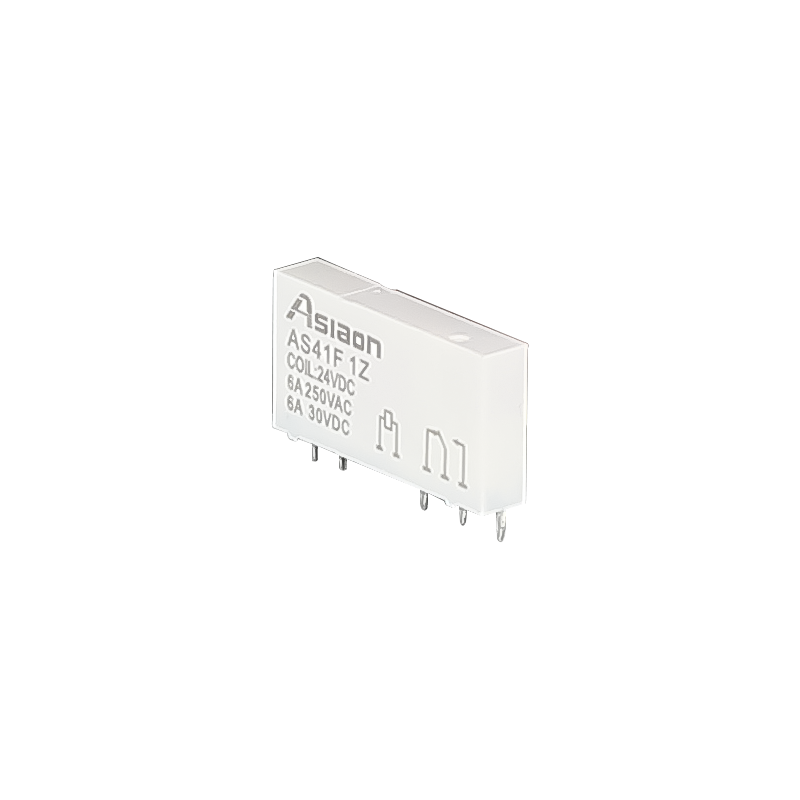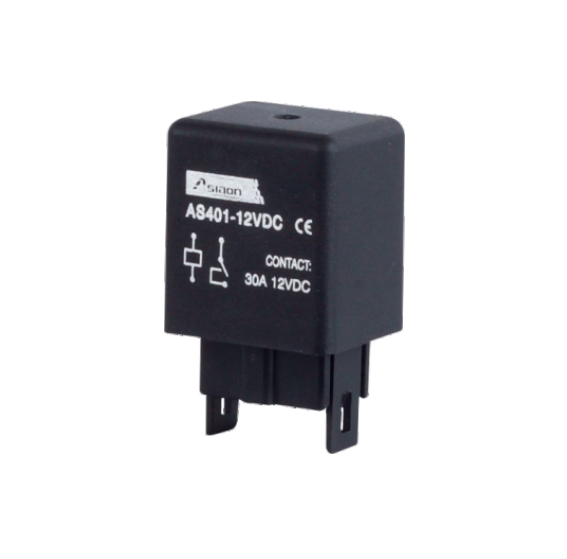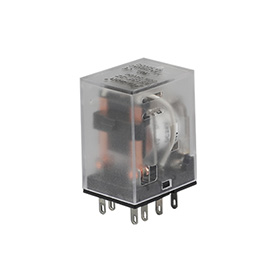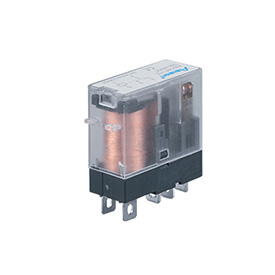Why PCB Relay Is More Suitable for Circuit Boards Than Ordinary Relays?
When assembling circuit boards—especially for industrial automation or precision electronic devices—choosing the right relay matters. Many wonder: Why is PCB Relay more suitable for direct integration into circuit boards than ordinary relays? The answer lies in its features tailored for circuit board scenarios.
Flexible Pin Pitch, Fits Different Circuit Board Wiring
Ordinary relays often have fixed pin pitches: they may not match pre-drilled holes or wiring paths on specific boards, forcing modifications or adapters (adding complexity and cost).
PCB Relay (e.g., our AS115F model) solves this with 3.5mm/5mm optional pitches:
3.5mm for high-density boards (e.g., compact industrial controllers);
5mm for spacious layouts.
No extra adjustments needed—saves assembly time.
Sealed Structure, Resists Harsh On-Board Environments
Circuit boards in industrial cabinets or workshops face dust, moisture, or oil mist. Ordinary relays with open structures easily get contaminated: contacts oxidize, leading to poor conductivity or sudden failure.
PCB Relay uses a sealed design (a key feature on our site). It blocks dust, moisture, and oil from entering, keeping performance stable and reducing circuit downtime.
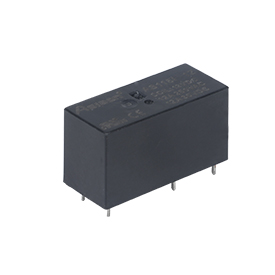
Compact Size, Suits High-Integration Boards
Modern circuit boards need to fit multiple components (chips, resistors, etc.) in limited space. Ordinary relays are bulky (designed for standalone use), taking up too much room and limiting miniaturization.
PCB Relay is built compact: it occupies minimal space, allowing more components to be arranged on the board. Ideal for small electronic devices or industrial control modules.
Direct Mount Design, Simplifies Assembly
Ordinary relays require brackets, sockets, or extra wiring to mount on boards: these steps take time and create weak points (e.g., loose connections).
PCB Relay has a direct-mount design: its pins insert into pre-drilled holes and solder in place. One-step installation—no extra accessories, and connections stay firm.
Adaptive Current Ratings, Matches Diverse Board Loads
Ordinary relays often have single fixed current ratings: using a high-current model for low-power boards wastes resources, while a low-current one for high-load boards risks overheating and damage.
PCB Relay offers 8A/12A/16A optional current ratings (as seen in our product specs). It can precisely match loads from small-signal control (e.g., sensor circuits) to medium-power drives (e.g., small motors on industrial boards), avoiding mismatches and cutting inventory costs for multiple relay types.
Conclusion
PCB Relay outperforms ordinary relays for circuit boards not by accident: it targets real pain points of board integration—flexible pitches, sealed protection, compact size, easy mounting, and adaptive current ratings. These features make it a reliable choice for circuit board design.
If you need PCB Relays that fit your board’s needs (whether specific pin pitch, sealed protection, compact size, or matched current rating), visit our product page to explore tailored models.
 中文
中文 Русский
Русский Español
Español